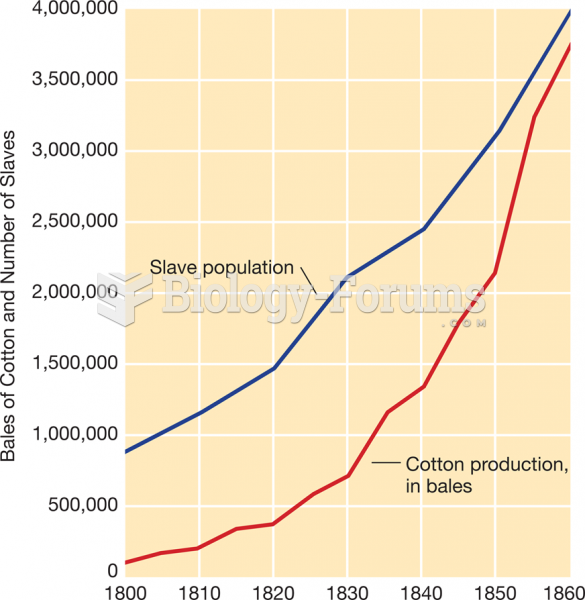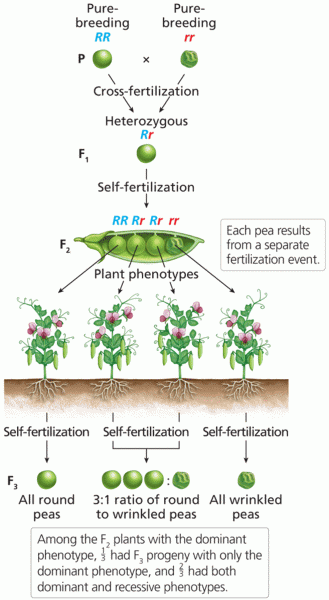Answer to Question 1
Operations managers face numerous challenges and tradeoffs that must be managed successfully if the organization and supply chain are to achieve their performance goals. These challenges were highlighted by Ferrari and Parker in a Supply Chain Management Review article: Intensified competition, more demanding customers, and relentless pressure for efficiency and well as adaptability are driving significant changes across many manufacturing industry settings. According to the authors, long-term profitable growth is dependent on manufacturing and supply chain organizations' abilities to address these challenges through process innovation.
Competitive pressures are a major challenge for many established manufacturers and service providers. As the global reach of supply chains makes it possible to source product from nearly anywhere in the world, companies need to continually update their production capabilities and develop innovative responses to upstart competitors.
Customers' demand for choice and rapidly changing tastes make life difficult for product makers.
The expectation today of customized products that meet the specifications of individual buyers requires far different production processes than the assembly methods needed for standardized goods. The shrinking life cycle of products today also renders long production runs of these common goods obsolete. In response, companies like Dell and Nike have developed responsive capabilities by building supply chains around assemble-to-order production capabilities. Today, you can design your own Nike shoes at Nikei.com.
While the use of responsive, small quantity production processes is growing, company executives still demand productivity and efficiency. Leanness and adaptability are requirements for success, though many organizations struggle to make the transition from traditional production methods and strategies to more contemporary ones that can better balance product quality, process flexibility, fulfillment speed, and execution costs.
Operations managers face many other operations challenges. Labor availability and productivity issues, synchronization of activities with the supply chain, and capital costs are just a few of the additional obstacles that must be overcome.
Answer to Question 2
Many pull marketing strategies assist marketers in encouraging consumer demand. A marketer can temporarily reduce pricing or enhance size or quantity. A marketer can offer trials (small sizes at low prices) or free samples (e.g., bundled onto a complementary product). A marketer can offer coupons (money redeemed at point of purchase), rebates (money redeemed post purchase), financing (e.g., buy now and don't pay for 6 months), and points toward rewards in loyalty programs. The marketer still must manage its relations with distributors and retailers, but pull strategies are targeted to the end user to engage the consumers' awareness and loyalty.
Push marketing strategies involve manufacturers offering incentives to distributors (dealers, wholesalers, retailers) to sell product to end users. Although the manufacturer targets the channel member rather than the consumer, push marketing tools resemble those of pull. For example, a marketer can offer the distributor or retailer temporarily reduced pricing, an allowance to help cover marketing activities, a discount for purchasing larger quantities (e.g., a twofer or a bogo buy one, get one free), financing a payment for several months, spiffs (incentives for the sales force), etc.







